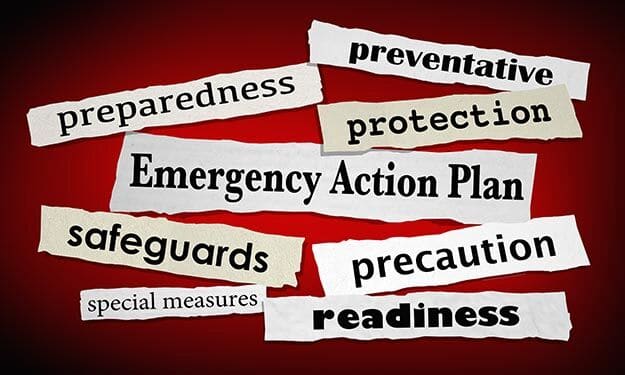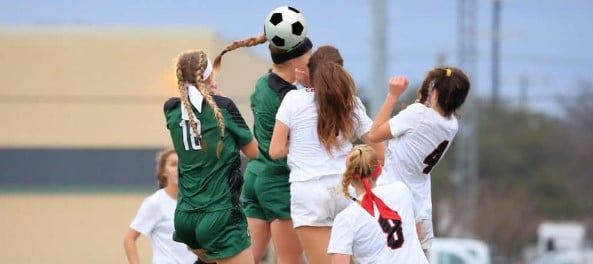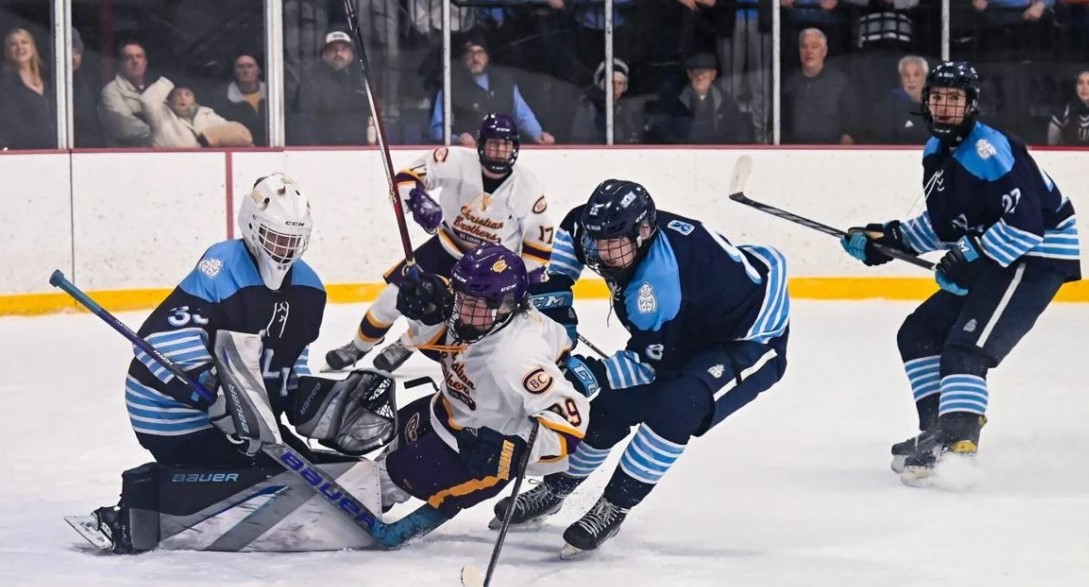Safety in the Storm: Addressing Lightning Safety Gaps in High School Sports
 The field is lit, the crowd is alive with excitement, and athletes give their all on the field. Yet, in the midst of the action, a flash of lightning goes unnoticed, a rumble of thunder unheard, leading to concerns about the effectiveness of the lightning safety protocols in Kentucky high schools.
The field is lit, the crowd is alive with excitement, and athletes give their all on the field. Yet, in the midst of the action, a flash of lightning goes unnoticed, a rumble of thunder unheard, leading to concerns about the effectiveness of the lightning safety protocols in Kentucky high schools. The Kentucky High School Athletic Association (KHSAA) has adopted a widely respected lightning policy crafted by Eastern Carolina University professor and Athletic Trainer Katie Flanagan, an expert in the field.
The Kentucky High School Athletic Association (KHSAA) has adopted a widely respected lightning policy crafted by Eastern Carolina University professor and Athletic Trainer Katie Flanagan, an expert in the field.
The policy, endorsed by the National Federation of High Schools, NCAA, and even the Olympics, is founded on the simple principle:
"You see lightning? You hear thunder? You’re out of there."
However, the enforcement and implementation of this gold-standard policy raises concerns.
The case of a game between Ballard and Male High Schools, where lightning warnings went unheeded, highlights the issue.
Ryan Dawson, the Athletic Trainer for Male High School, vocalized his concerns yet the game went on, a decision that fell into the hands of the football officials once the game had started, as per KHSAA’s policy.
Members of the National Lightning Safety Council, including Flanagan, point out the inherent issue - expecting officials, engrossed in the game, to also monitor the weather is problematic.
The NCAA, conversely, bestows the authority to make such calls on ATs, the designated health care providers on the sidelines, a policy point that underscores their unchallengeable authority in matters of athlete safety.
In Kentucky, nearly a third of KHSAA member schools lack an Athletic Trainer. In such cases, the duty of pre-game weather monitoring falls on the athletic director or another administrator. Yet, the shift of responsibility from these individuals to game officials once the game begins is viewed as a significant flaw in the policy, especially considering the officials’ primary focus is on the game itself.
A stark contrast is seen in universities like Louisville, which employ a designated weather monitor tasked solely with sky-watching duties. This specialization ensures that weather-related safety protocols are not just a sideline duty but a focused, expert-driven initiative.
During the Ballard-Male game, the National Weather Service had issued a severe thunderstorm warning. Yet, action was delayed. The foundational safety principle, ‘When thunder roars, go indoors,’ though widely known, is often unheeded until the rain begins to pour - a delay that could prove perilous.
In an era where lightning-related deaths have significantly reduced due to education and awareness, the enforcement of lightning safety policies in high school sports is paramount.
It ensures that every flash of lightning and roll of thunder is met with immediate action, safeguarding the lives of athletes, officials, and spectators alike.
As debates and discussions around the effectiveness and enforcement of the KHSAA lightning policy continue, one point remains unequivocal: the urgent need for a reassessment and fortification of the safety protocols.
An efficient, effective, and well-implemented lightning safety policy isn't just a theoretical concept inscribed in the rule books, but a tangible, actionable plan that stands between a thrilling game night and a potential tragedy.
It beckons a collective, concerted effort from the KHSAA, school administrators, athletic trainers, and game officials, to bridge the policy-practice gap.
For in the electric atmosphere of a high school football game, every flash of lightning should be a reminder of the silent, invisible line between electrifying excitement and electrifying danger.
Safety should not just be a policy but a lived practice, echoing Flanagan’s succinct yet potent words,
“Safety is my jam.”
Stephanie Kuzydym, the journalist responsible for the Safer Sidelines articles in the Courier Journal, has the full, in-depth story concerning the health and safety of student-athletes here!
![HR Logo [Recovered]_Full Color Vertical-1](https://blog.healthyroster.com/hs-fs/hubfs/HR%20Logo%20%5BRecovered%5D_Full%20Color%20Vertical-1.png?width=199&height=178&name=HR%20Logo%20%5BRecovered%5D_Full%20Color%20Vertical-1.png)
 By
By


